Post by UKarchaeology on Oct 1, 2015 18:36:57 GMT
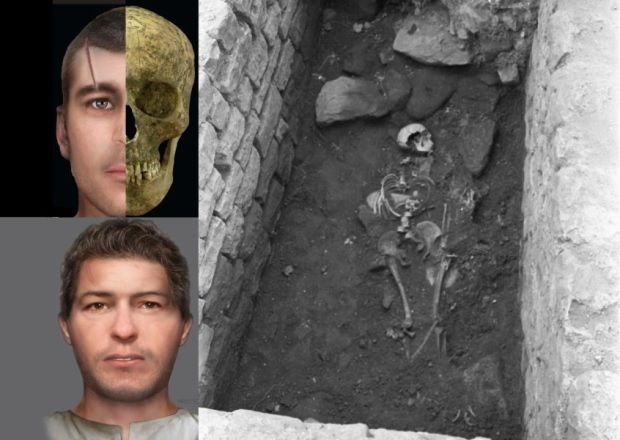
Are the bones evidence of a lost royal stronghold?
PAINSTAKING detective work on bodies found beneath a car park in Edinburgh 40 years ago has revealed they may be those of battle-scarred warriors from the Dark Ages.
FForensic tests carried out on the skeletons of nine different adults uncovered in Cramond have revealed they are up to 1500 years old - and all from several generations of a long-forgotten “royal family.”
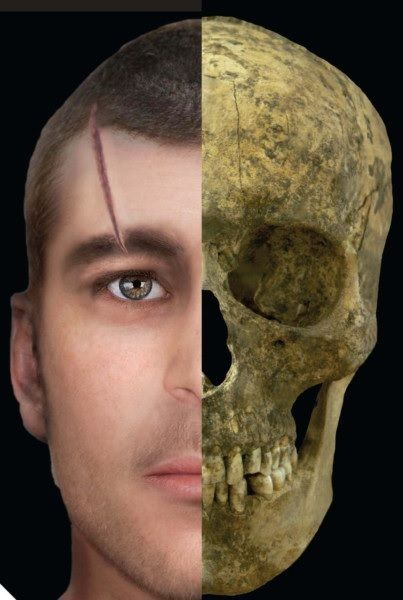
The skull of one of the family members.
The latest computer technology has been deployed to create impressions of what all nine would have looked like ahead of some of the remains going on public display.
Experts who have worked on a two-year investigation say the discovery of a possible “lost royal stronghold” could cast crucial new light on the little-known history of the Dark Ages in Scotland.
At least two males uncovered in the makeshift grave are now believed to have been warriors after tests found they had survived a number of severe head wounds.
However up to three female members of the same sixth-century family are said to have met a “suffered a violent, murderous end” after being struck with blunt weapons.
What was so special about this area during the dark ages? Why were some of them murdered but given a special burial?”
John Lawson
John Lawson
The remains - which are 800 years older than previously thought - were found in 1975 during work to construct a new car park in Cramond, which is renowned as the home of Scotland’s oldest inhabited village, with remains dating back to 8600BC.
The intriguing new evidence has completely discounted an early theory that they were the victims of bubonic plague in the 14th century.
Experts instead believe they were members of the Gododdin tribe, which ruled over part of south-east Scotland and north-east England in the sixth and seventh centuries. Other strongholds included Edinburgh Castle and Traprain Law, in East Lothian.
They say the “unique nature of the burial and positioning of the bodies” when they were discovered points to them being from a single noble family.
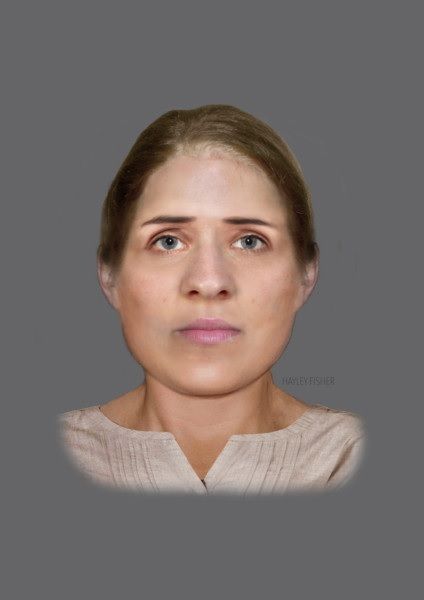
This female murder victim suffered a blow to the head.
A mass burial ground was discovered in Cramond in 1975 during an extensive archaeological dig. Experts had been called in after the remains of a stone building were found during the building of a new car park for the village.
It turned out to be remnants of a Roman bathhouse, which became renowned as one of the best-preserved buildings of the era anywhere in Scotland.
Forensic, isotopic and DNA techniques were all used during the research into the origins of the bodies - discovered in the latrine of the bathhouse - led by Edinburgh City Council’s archaeologist, John Lawson.
Mr Lawson said: “All of these bodies have been part of our collections since the mid-1970s, but none of the remains have never been on public display since they were excavated and there’s never been any proper analysis of them.

Some of the bones showed evidence of battle scars.
“I’ve always had a query about why they would have been buried in a latrine of the old bathhouse in the 14th century. I just wondered why one person would bury nine people in a stone hole in what would have been the back gardens of a medieval village, with a perfectly good church burial ground a few minutes walk away.
“With all the new techniques that are available these days there was an opportunity now to go back and look at what we can tell about who these people were. A project like this just shows the importance of keeping these things in collections over a long period of time and re-looking at them.”
Experts at Historic Scotland, the Cramond Heritage Trust, Edinburgh and Aberdeen universities and the Natural History Museum in London have all been involved in the investigations into the origins of the bodies.
Some of the remains are being displayed in a new exhibition about the findings - entitled Dark Goings On In Cramond - which is on display at the Museum of Edinburgh on the Royal Mile until February next year.
Mr Lawson added: “Many mysteries remain, but we’ve managed to make great strides in our understanding of the Cramond burials.
“The study has provided important evidence of life during this time of political turmoil and has helped us answer questions about the Dark Ages, but it has also opened up a whole new world of questions.
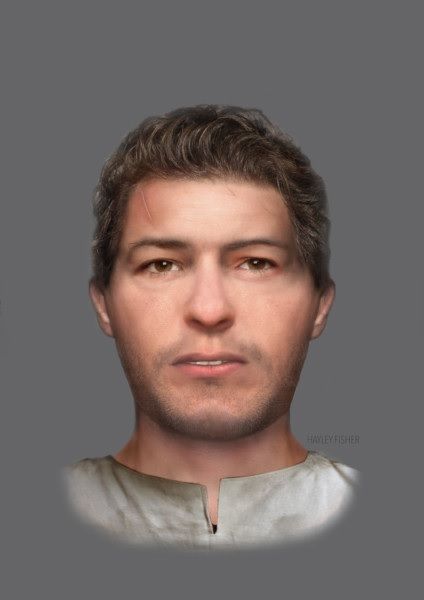
One of the males showed evidence of sharp and blunt force injuries.
“Why did these people migrate to Cramond? What was so special about this area during the Dark Ages? Why were some of them murdered but given a special burial? If this grave was indeed the burial crypt of a noble or royal family, it suggests Cramond just might be a royal stronghold of the Gododdin.
“If this is the case, these findings have a significant impact on what is known about the history of Scotland and northern Britain during the Dark Ages.”
Archaeologist Angela Boyle, a researcher at Edinburgh University, who specialises in the study of human skeletal retails and evidence of violence in medieval Scotland, was among those to work on the research.
She said: “No-one has really known when these bodies were buried until now.
“They were originally thought to medieval and were found in a grave which had been partially disturbed. The focus of the work in Cramond at the time of the dig was on the Roman occupation of Cramond, but there wasn’t a great depth of work done on these bones.
“It was only when we got the radiocarbon data back that took them all the way back to the sixth century, which made them much more interesting to look at and we have identified a lot more trauma than we had originally thought we would.
“This group is particularly significant because five of the nine bodies have definite evidence of weapon trauma.
“Three of those were women, two of which had blunt blows to the head which were the cause of death. The two men, who each had two sharp cuts on the head, which were caused by a sword or dagger, survived the blows they suffered.
“The fact there were no signs of injuries on the other four bodies isn’t really a surprise, as a lot of people involved in conflicts would have died of soft tissue injuries, which would leave no mark on the bone.”
Richard Lewis, the council’s culture leader, added: “For decades, the circumstances surrounding this burial were unanswered. Thanks to developments in modern science, the council has been able to revisit the remains and carry out an extensive investigation.
“The findings have unravelled a story even more mysterious than the one we started out with. With theories of ancient warriors, murdered nobles and a lost royal stronghold - you could be forgiven for mistaking the resulting story for a plot from the Game of Thrones.”
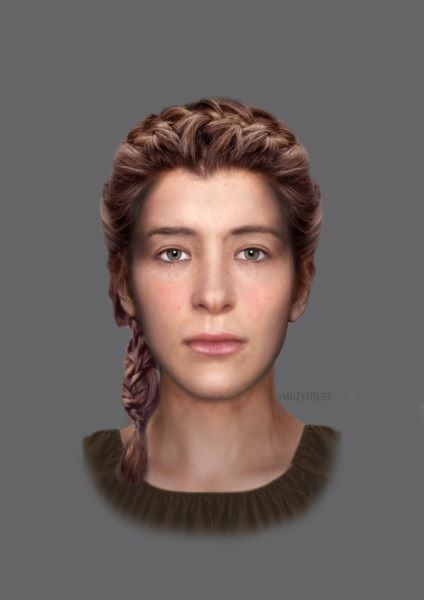
This woman dies of causes unknown.
(pics & source at: www.scotsman.com/lifestyle/heritage/cramond-dig-reveals-warriors-from-dark-ages-1-3904239 )
